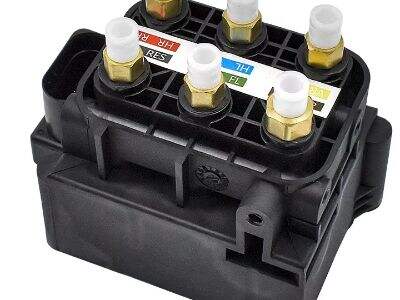Now let's discuss the bumpy road that your car air suspension shock absorbers likely will face. These are the elements of your car that keep your ride smooth and comfy. But other times, parts have problems and need to be fixed. Don't worry, though! We’ve compiled some suggestions to help you detect these problems early and keep your car running smoothly
Recognizing air suspension shock absorber problems - before they get out of hand
One tell-tale sign that your shock absorbers are going bad is if you notice that your car is bouncing more than usual. If so, the shocks my be shot and need replacing. Another indicator is if there’s a noise that seems loud when you pass over bumps. This could mean a few things, the shocks or other suspension components may be bad. Chec If you observe any of these symptoms, have an auto technician inspect your vehicle in order to avoid more serious issues later

Repairing air leaks in the suspension to keep the system operating in top condition
Air leaks are a common issue with air suspension shock absorbers. These leaks can prevent your shocks from functioning correctly, resulting in a rough drive. If you find any leaks, you’ll need to seal the leaks with a special sealant to repair them and keep your shocks working smoothly
Diagnosing problems with the air ride suspension on your R Class
If you have observed that your vehicle is lower than normal or if it seems like one side of your car is hanging low, then you might have an issue with your air suspension system. Leakage of the air springs or a malfunction in the compressor could be the cause. To resolve this, you may try inspecting the air springs for signs of wear or damage, and replace it if necessary. You can also test the compressor -- and confirm it is properly inflating the shocks to their intended height
Fixing your broken compressors and making your shocks inflate correctly
The compressor is a crucial component of the air suspension system, pumping compressed air into the air shocks to bring the vehicle to the appropriate height. If the compressor is failing, your shocks may no longer be inflated properly and you may notice that your ride is rougher than usual. If that is the case, you can inspect the compressor for any damage or wear, and then replace it if necessary

How to avoid and solve general problems for air suspension shock absorber through normal maintenance and regular inspection
Like all of your vehicle's moving and wearing parts, air suspension shock absorbers will fail eventually, but if you perform regular maintenance on your car, you can avoid the most common problems. That checks the shocks for wear and damage and ensures that the air springs and compressor are good to go. Repeat visits to a mechanic can be scheduled, so you can catch trouble early and keep it from escalating
In sum, checking your car's air suspension shock absorbers is key to a smooth and comfortable drive. When you follow these easy DIY tweaks, which include identifying common issues quickly, fixing air leaks, troubleshooting sagging or uneven ride height, dealing with compressor malfunctions and doing routine maintenance and checks, you’ll help your car run smoothly and avoid bigger problems later
Table of Contents
- Recognizing air suspension shock absorber problems - before they get out of hand
- Repairing air leaks in the suspension to keep the system operating in top condition
- Diagnosing problems with the air ride suspension on your R Class
- Fixing your broken compressors and making your shocks inflate correctly
- How to avoid and solve general problems for air suspension shock absorber through normal maintenance and regular inspection


